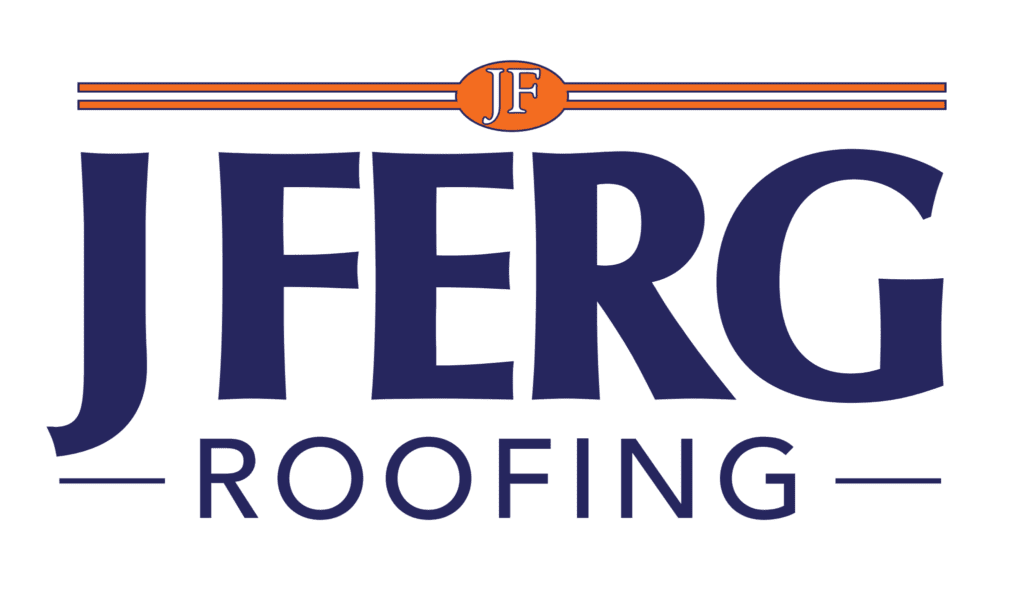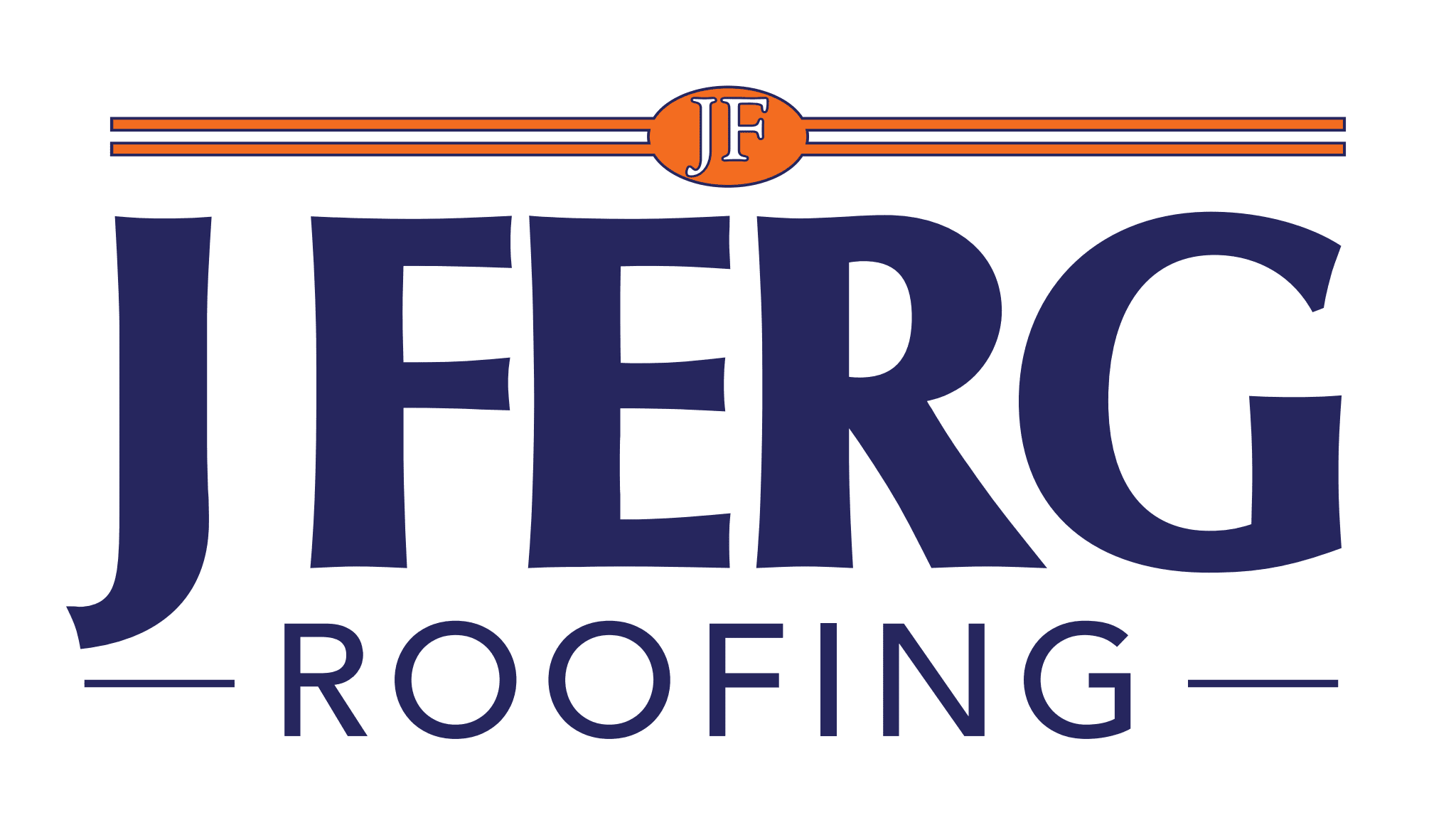J Ferg Knowledge Base
Odessa Hailstorms and Your Roof
What You Need to Know to Stay Safe and Protected
Odessa, Texas is known for its hot and dry climate, but when hailstorms hit, they can be devastating. Hailstones can range in size from small pebbles to large golf balls, and they have the potential to cause significant damage to your roof. As a homeowner, you must be aware of the risks associated with hailstorms and take the necessary precautions to protect your property.
This article explores what you need to know about Odessa hailstorms and how to safeguard your roof against damage. From choosing the right roofing materials to understanding your insurance coverage, we’ll provide the knowledge you need to stay safe and protected during hail season. Whether you’re a seasoned homeowner or a first-time buyer, this guide will equip you with the tools you need to weather any storm.
The Impact of Hail on Roofs
Hailstorms can significantly threaten your roof, especially if it’s made of asphalt shingles. When hailstones hit your roof, they can damage the granules on the shingles’ surface, causing them to crack and break apart. This can expose the underlying material to the elements and reduce the shingles’ lifespan. Additionally, hailstones can create dents or punctures in metal roofs, leading to leaks and water damage. Even if your roof appears undamaged after a hailstorm, it’s essential to have it inspected by a professional roofing contractor to ensure that there aren’t any hidden issues.
Hail damage isn’t just cosmetic. It can compromise the integrity of your roof and pose safety hazards to your family. If hail damage goes unchecked, it can lead to leaks, mold growth, and even structural damage. That’s why taking action immediately after a hailstorm is crucial to protect your roof and your home.
Investing in a hail-resistant roof is the best way to prevent hail damage. Several roofing materials available can withstand the impact of hailstones, including metal, slate, and concrete tiles. These materials are more durable than traditional asphalt shingles and can provide long-lasting protection against hailstorms.
Signs of Hail Damage on Roofs
It’s not always easy to spot hail damage on your roof, especially if you don’t know what you want. Here are some signs to watch out for:
- Dented or cracked shingles
- Missing granules on the shingles’ surface
- Punctures or dents in metal roofs
- Water spots or leaks in your attic or ceiling
- Visible damage to your gutters or downspouts
If you notice any of these signs after a hailstorm, it’s essential to contact a professional roofer as soon as possible. They can inspect your roof for damage and provide you with the necessary repairs to keep your home safe and protected.
Steps to Take After a Hailstorm
After a hailstorm, taking the necessary steps to protect your home and your roof from further damage is essential. Here’s what you should do:
- Inspect your roof visually and check for any signs of damage.
- Document the damage by taking photos and videos of your roof and property.
- Contact your insurance company to report the damage and file a claim.
- Hire a professional roofing contractor to inspect your roof and provide you with an estimate for repairs.
- Schedule the necessary repairs immediately to prevent further damage to your roof and home.
By taking these steps, you can ensure that your home is protected and that any hail damage is addressed promptly. Remember, the longer you wait to repair hail damage, the more significant the damage can become and the costlier it can be to fix.
Choosing the Right Roofing Materials for Hail-Prone Areas
Investing in a hail-resistant roof is essential if you live in an area prone to hailstorms. Some roofing materials are more durable than others and can provide better protection against hail damage. Here are some of the best roofing materials for hail-prone areas:
- Metal roofs: Metal roofs are incredibly durable and can withstand the impact of large hailstones. They’re also fire-resistant and energy-efficient, making them an excellent choice for homeowners looking to save on energy costs.
- Slate roofs: Slate roofs are made of natural stone and are incredibly durable. They can withstand the impact of hailstones and can last up to 100 years with proper maintenance.
- Concrete tile roofs: Concrete tile roofs are heavy and sturdy, making them an excellent choice for hail-prone areas. They’re also energy-efficient and can provide excellent insulation for your home.
When choosing a roofing material, it’s essential to consider your budget, the climate in your area, and your home’s aesthetic. A professional roofing contractor can help you choose the right material for your needs and provide the necessary installation and maintenance services.
Tips for Maintaining a Hail-Resistant Roof
Investing in a hail-resistant roof is an excellent way to protect your home from hail damage, but it’s not enough. You must also maintain your roof to ensure it performs at its best. Here are some tips for maintaining a hail-resistant roof:
- Schedule regular inspections with a professional roofing contractor to check for damage and perform necessary repairs.
- Keep your gutters and downspouts clean to prevent water damage.
- Trim nearby trees to prevent branches from falling on your roof during a storm.
- Remove debris from your roof after a storm to prevent it from clogging your gutters and downspouts.
By following these tips, you can ensure that your hail-resistant roof performs at its best and provides the protection you need.
Common Misconceptions About Hail Damage
There are several misconceptions about hail damage that can lead homeowners astray. Here are some of the most common misconceptions:
- Hail damage is always visible: Not all hail damage is visible to the naked eye. That’s why it’s essential to have your roof inspected by a professional after a hailstorm.
- Hail damage only affects older roofs: Hail damage can affect roofs of any age. Even a new roof can sustain damage from a severe hailstorm.
- All hail damage requires a complete roof replacement: Not all hail damage requires a full roof replacement. Minor damage can often be repaired without replacing the entire roof.
By understanding these misconceptions, you can make informed decisions about your roof and ensure you take the necessary steps to protect your home from hail damage.
Hiring a Professional Roofing Contractor for Hail Damage Repairs
If you’ve experienced hail damage to your roof, hiring a professional roofing contractor to perform the necessary repairs is essential. A professional roofer has the experience and expertise to identify and repair hail damage, ensuring your roof performs at its best. They can also work with your insurance company to ensure you receive the necessary repair coverage.
When hiring a roofing contractor, it’s essential to do your research and choose a reputable and experienced professional. Look for a contractor with a history of successful hail damage repairs and positive customer reviews. Additionally, ensure they’re licensed and insured to protect yourself and your property.
Insurance Coverage for Hail Damage
Most homeowners’ insurance policies provide coverage for hail damage. However, the amount of coverage can vary depending on your policy and the severity of the damage. Reviewing your policy and understanding your coverage before a hailstorm occurs is essential.
If you’ve experienced hail damage to your roof, contacting your insurance company as soon as possible is essential to file a claim. They’ll send an adjuster to inspect your roof and determine the amount of coverage you’re eligible to receive.
Understanding your insurance coverage ensures you receive the necessary repairs to protect your home from further damage.
Conclusion and Final Thoughts
Hailstorms can be a significant threat to your home and your roof, but with the right knowledge and preparation, you can minimize the risk of damage. Investing in a hail-resistant roof, maintaining your roof, and working with a professional roofing contractor can protect your home and your family from hailstorms.
Remember, if you’ve experienced hail damage to your roof, you must act quickly to prevent further damage and ensure you receive the necessary repairs. By following the tips and advice in this article, you can stay safe and protected during hail season and weather any storm that comes your way.


